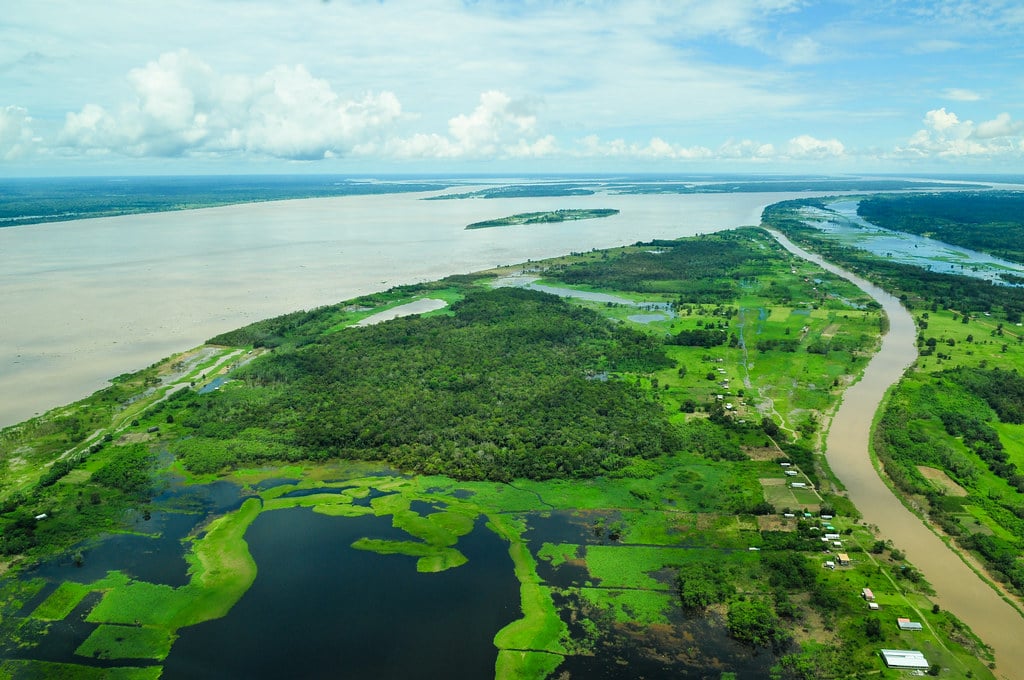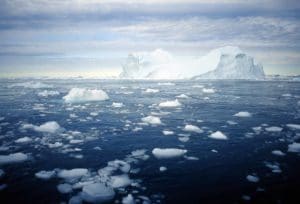
Review: Sir David Attenborough’s “A Life on Our Planet”
by Brian McGavin
(Ebury Press £20) streaming on Netflix from October 4, 2020
This documentary, which Attenborough describes as his “Witness Testament and vision for the future”, goes further than his BBC program “Extinction – The Facts”, which was broadcast last month, and his collaboration with WWF in “Our Planet”, released on Netflix in April 2019. Both Netflix programs were overseen by executive producer/director, Alastair Fothergill.
Attenborough narrates a powerful script as he reflects on his remarkable broadcasting journey over decades, observing the natural world and the growing human assault that is reshaping it. “We have broken apart from the natural world that has sustained us. We need to reconnect”, he warns. It needs to be viewed in schools around the world alongside political and media outreach.
The dialog offers much educational content, from food production and plundering of the oceans to destruction of climate-stabilizing forests and the dangerous assumption of ever more growth being economically sustainable.
He reflects that wide coverage of whale slaughter, exposed and challenged by Greenpeace activists, began to wake people up to the damage we were doing to the natural world.
With population growing dramatically, humans have overrun the planet. We have now destroyed half of the world’s rainforests. Ninety percent of large fish in the sea have gone, impacting the ocean’s ecological balance.

Summer sea ice in the Arctic has reduced by 40% in 40 years and warming permafrost is releasing methane gas into the atmosphere. Oceans absorb much excess heat, but Earth is losing its balance. Our blind assault on the planet has seen over 15 billion trees cut each year. Half of fertile land on Earth is now farmland to feed growing human populations. Soils are becoming exhausted under intense overuse. Wild animal populations have more than halved. If we continue on this track, our planet is on course to be 4C degrees warmer, making large parts of the Earth uninhabitable.
He catalogues the change in global wilderness from 1960 with 62% remaining wilderness, to 2020 with wilderness declining to 35%.
What can we do to restore stability? “We must urgently start to rewild the world. Forests are fundamental and we must immediately stop forest destruction”, says Attenborough. “We must stop simply ‘growing’ . ” Attenborough offers a vision of hope towards the end of the program — work with nature rather than against it. Nature is our biggest ally and our greatest inspiration.
He cites the following:
- Japan’s falling birthrate, stability and prosperity.
- With government intervention, Costa Rica has increased its forest coverage to 50%.
- If we all move to a largely vegetarian diet, we would only need half the farmland we do now.
- If we protected a third of our richest ocean ecology into no fishing zones, it is estimated this would be enough to restore fishing stocks to sustainable levels.
- We must raise standards of living for the poor without increasing our impact on the planet.
- We can and must move to a renewable energy infrastructure as soon as possible. Morocco now produces 40% of its energy from solar power.
- By developing a high-tech food production infrastructure, a small country like the Netherlands has become the second biggest food producer in the world.
Attenborough paints a rosy picture of hope, though some of the claims are not referenced in the program, nor does he look at the major impact of large-scale immigration on developed countries. Japan has a very low level of immigration. He picks evidence of reducing population growth as clear evidence that our population will stabilise in about 20 years, without looking at very high fertility levels in many parts of Africa. Nor the mass unemployment and social problems this will exacerbate. Assumptions about a rapid transition to a genuinely renewable energy infrastructure fail to discuss the huge logistical and energy challenges in replacing and maintaining it, nor the energy employed in mining and refining many rare minerals.